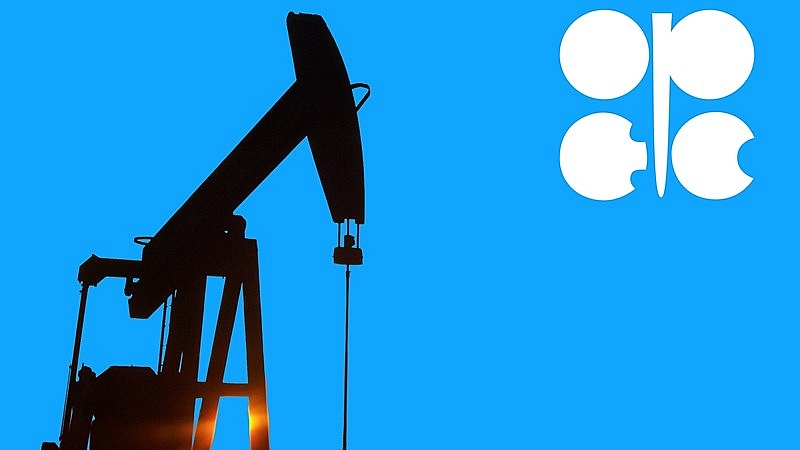OPEC hard-pressed to maintain oil price
 |
| The current oil price is hard to keep reasonable for them because petroleum exploitation is still accelerated |
According to the Organization of Petroleum Exporting Countries (OPEC), each country member has reduced daily output by dozens of thousands of barrels since 2016. However, they still find the current oil price hard to maintain at a reasonable level because petroleum exploitation is still high.
The OPEC also assessed that 60 per cent of global oil demand is from transport and travelling needs. Amidst the global health crisis, people tend to stay at home, demand for travel is far lower than usual. The US petroleum processing industry recorded a 95 per cent fall in demand in a single day, on March 16.
Indeed, the US administration decided to purchase an extra 77 million barrels for the Strategic Petroleum Reserve and the other countries are planning to follow suit. Nevertheless, with such plentiful supply, an oil surplus is expected.
Trafigura – one of the largest petroleum suppliers in the world – forecast that daily demand will drop by 10 million barrels if keeping the last year's exploitation amount of 100 million barrels.
In February, while China was coming to grips with the rampaging COVID-19 pandemic, oil demand in the country also dropped by 20 per cent or 3 million barrels per day. Europe is looking at even gloomier prospects. The US, Germany, France, Italy, the UK, and Canada consume about 31 million barrels a day – and a fallout akin to China would result in a slump of about 6 million barrels a day.
In comparison with the economic depression in 2009, the numbers are far more serious. At the time, oil consumption only fell by about 1 million barrels per day. Even during the early 1980s recession, the figure was only 2.65 million barrels.
As demand has been down but giants maintain output, prices are forecast to keep diving. According to Bloomberg, the price may drop to $10 per barrel.
What the stars mean:
★ Poor ★ ★ Promising ★★★ Good ★★★★ Very good ★★★★★ Exceptional
Themes: COVID-19
- 67 million children missed out on vaccines because of Covid: UNICEF
- Vietnam records 305 COVID-19 cases on October 30
- 671 new COVID-19 cases recorded on October 1
- Vietnam logs additional 2,287 COVID-19 cases on Sept. 21
- People’s support decisive to vaccination coverage expansion: official
Related Contents
Latest News
More News
- Ho Chi Minh City hits $8.37 billion in FDI (December 29, 2025 | 08:28)
- Tax sector wraps up 2025 and sets priorities for next year (December 25, 2025 | 14:00)
- Heavy industries set for pilot greenhouse gas quotas (December 25, 2025 | 10:00)
- $250 million deal targets women-owned SMEs, sustainable agriculture (December 22, 2025 | 17:40)
- UOB sees Vietnam growth easing in fourth quarter (December 22, 2025 | 17:39)
- Government moves to establish International Financial Centre (December 21, 2025 | 21:00)
- Vietnam's IFC to target global investment flows (December 21, 2025 | 18:00)
- Ha Tinh breaks ground on major Vingroup industrial and energy projects (December 19, 2025 | 18:24)
- EVN launches major power infrastructure projects nationwide (December 19, 2025 | 18:17)
- VAL inaugurates second production line to meet domestic animal feed demand (December 19, 2025 | 16:37)

 Tag:
Tag:





















 Mobile Version
Mobile Version